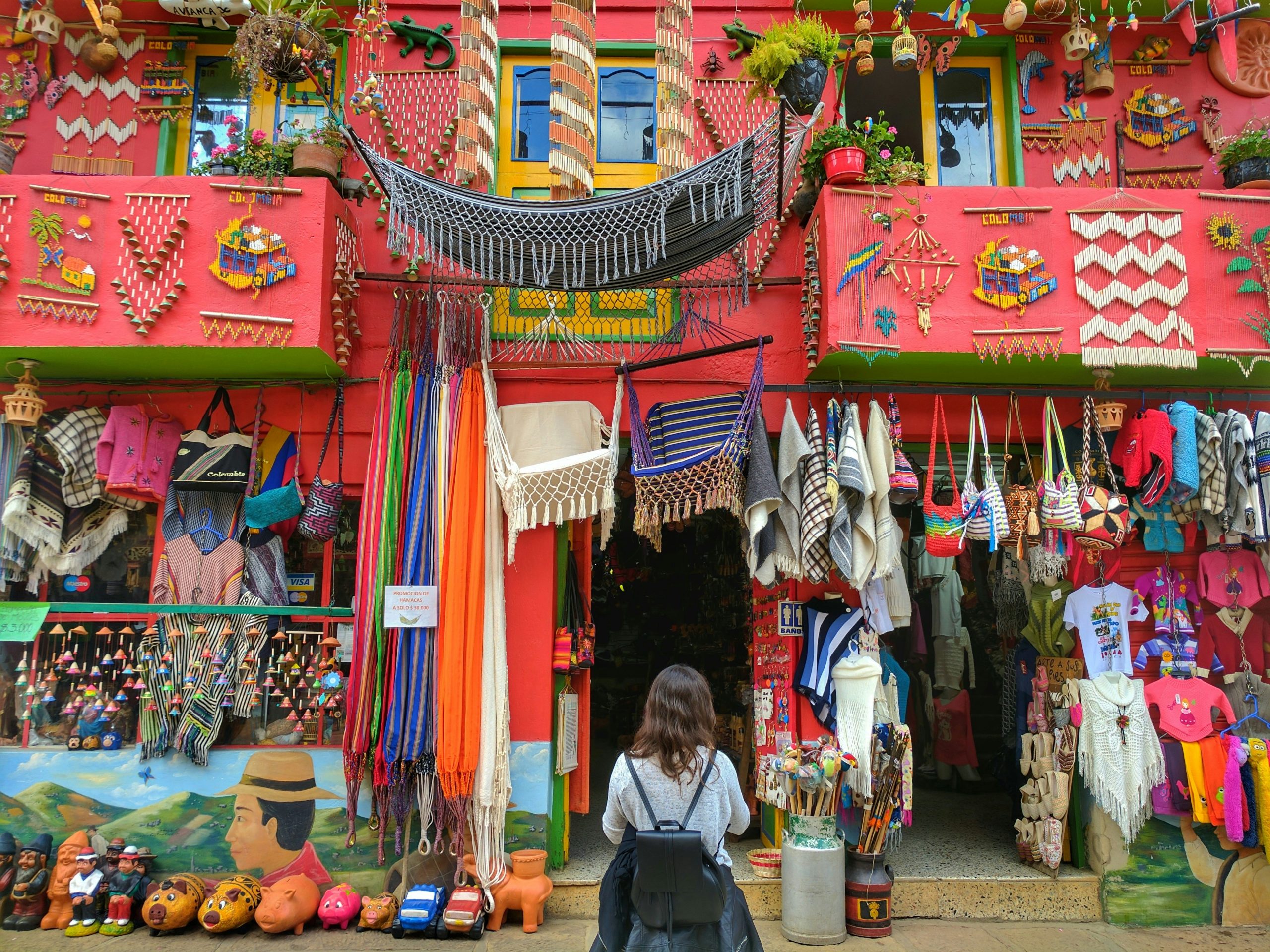
The Impact of the Orange Economy on the Development of Emerging Tourist Destinations
In recent years, I have witnessed the growth and significance of the orange economy, which has made a substantial contribution to the gross domestic product (GDP) of various countries. This is particularly notable in Latin America, where growth is evident in areas such as job creation and exports. Mexico is a standout example; according to a report published by Wortev Capital a few years ago, this industry accounted for 3.1% of national employment.
Before continuing, it is essential to briefly review that when we refer to the “orange economy,” we are talking about creative and cultural industries that drive economic growth through job creation and social development while promoting creativity, innovation, art, and artistic expression. According to UNESCO, these industries represent 3% of the global GDP.
The orange economy has a significant impact on tourist destinations, serving as a diversification mechanism that reduces reliance on traditional sectors. Among the emerging tourist destinations fostering this industry is Colombia, which has developed tourism routes in cities like Medellín and Bogotá, where urban areas have been revitalized, jobs were created, and local urban art, music, and cuisine have served as an attraction to international tourists.
Another notable country is Brazil, where the orange economy is prominently reflected in activities like the Rio de Janeiro Carnival and various festivals, drawing thousands of tourists and significantly impacting the economy. According to The Rio Times and Latina Republic, the 2024 Carnival was projected to attract 200,000 international tourists and was expected to inject over R$900 million into the Brazilian economy, marking a 10% increase compared to 2023 revenues.
In conclusion, the orange economy not only drives economic growth in emerging tourist destinations but also fosters cultural diversification and innovation. Countries like Mexico, Colombia, and Brazil demonstrate how this industry can revitalize tourism and strengthen local economies, highlighting the importance of investing in creative and cultural industries to ensure sustainable development.



